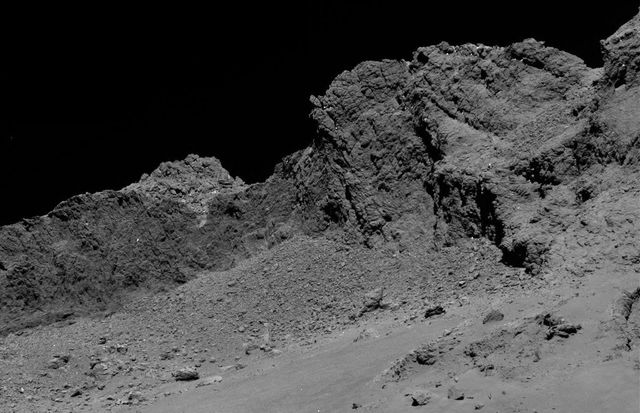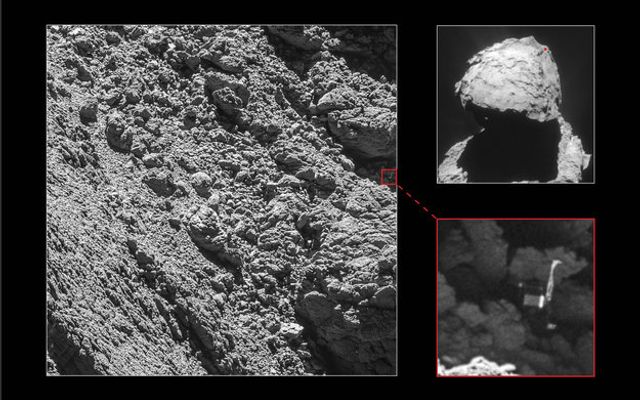Application Deadline: 10 December 2016 |
Offered annually? Yes for the next 10 years
Offered annually? Yes for the next 10 years
Eligible Field of Study: First-entry undergraduate programs in either the Faculty of Arts and Science or the Faculty of Applied Science and Engineering
About Scholarship : If you are a student from Sub-Saharan Africa who has demonstrated your academic talent, are personally committed to giving back to your country, yet face significant economic barriers, then you are invited to apply to The MasterCard Foundation Scholars Programme.
: If you are a student from Sub-Saharan Africa who has demonstrated your academic talent, are personally committed to giving back to your country, yet face significant economic barriers, then you are invited to apply to The MasterCard Foundation Scholars Programme.
 : If you are a student from Sub-Saharan Africa who has demonstrated your academic talent, are personally committed to giving back to your country, yet face significant economic barriers, then you are invited to apply to The MasterCard Foundation Scholars Programme.
: If you are a student from Sub-Saharan Africa who has demonstrated your academic talent, are personally committed to giving back to your country, yet face significant economic barriers, then you are invited to apply to The MasterCard Foundation Scholars Programme.
The University of Toronto MasterCard Foundation are pleased to offer The MasterCard Foundation Scholars Programme at the University of Toronto to develop Africa’s next generation of leaders.
Thanks to the Foundation’s visionary support, U of T can now provide 67 African students with one of the world’s top-ranked educations—in one of the world’s most multi-cultural cities. The MasterCard Foundation Scholars Programme opens up boundless opportunities for young Africans from economically disadvantaged communities, but with academic talent, potential to lead, and motivation to make a difference. As U of T graduates and global citizens, they will return to Africa with the tools to change lives within their communities and across borders.
Offered Since: 2013/2014 academic year
Type: Undergraduate Scholarships for African students
Selection Criteria and Eligibility: The Toronto MasterCard Foundation Scholars Programme is open to you if you are a resident and citizen of a Sub-Saharan Africa country. You must be a first-time applicant to the University of Toronto who has not yet begun university study elsewhere. If you are a transfer student, you are not eligible for the Program.
In order to be eligible for the Toronto MasterCard Foundation Scholars Programme, you must:
- be a resident and a graduating high school student of a country within Sub-Saharan Africa;
- demonstrate financial need correspondent to that of the lowest two quintiles of your country;
- have very strong academic results within your school system;
- have a record of leadership and extracurricular involvement;
- maintain a strong desire to return to Africa to assist and work towards enhanced regional socioeconomic development;
- be graduating from a recognized secondary school, or have completed the necessary academic requirements; and
- fulfill the necessary English requirements (dependent on country);
Please note that both academic and English requirements differ based on the country and educational system you are coming from.
Number of Scholarships: 67 scholarships will be offered throughout the life of the program
Value of Scholarship:
- If selected, you will receive a scholarship equivalent to the costs related to attaining a Bachelor’s degree, including travel, tuition, textbooks, housing, food, and living expenses. You will also receive financial, academic, social, and post-graduation support which will enable you to build experiences and competencies critical for academic success.
- Internships: The program includes two unpaid internships. The first will take place in the Toronto area for three months during your second summer to provide local practical work experience and skills. The second internship will take place in Africa during your third summer.
- There will be funding available to help you with the cost of a passport. If you do not own a passport, the program will aid in passport applications and related costs.
Duration of Scholarship: for a four-year undergraduate degree
Eligible Countries: Sub-Saharan Africa
To be taken at (country): University of Toronto. Canada
How to Apply: To apply for the scholarship and for admission, you must submit an online application.
A completed application includes the following components:
- A completed online application – all applicable sections must be filled out, including contact information, financial information, personal details and responses to essay questions.
- Financial documents – upload a scanned copy of financial documentation.
- Transcript – upload a scanned copy of your secondary school transcript and any other academic information.
- Two references – provide the names and contact details of two individuals who will serve as your referees. We will contact your referees directly and ask them to submit their letter of reference through a secure website.
Sponsors: MasterCard Foundation


